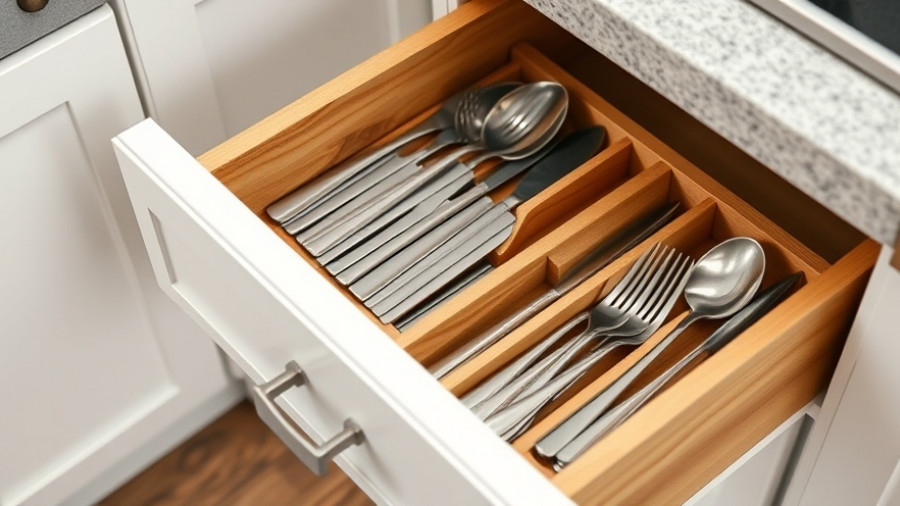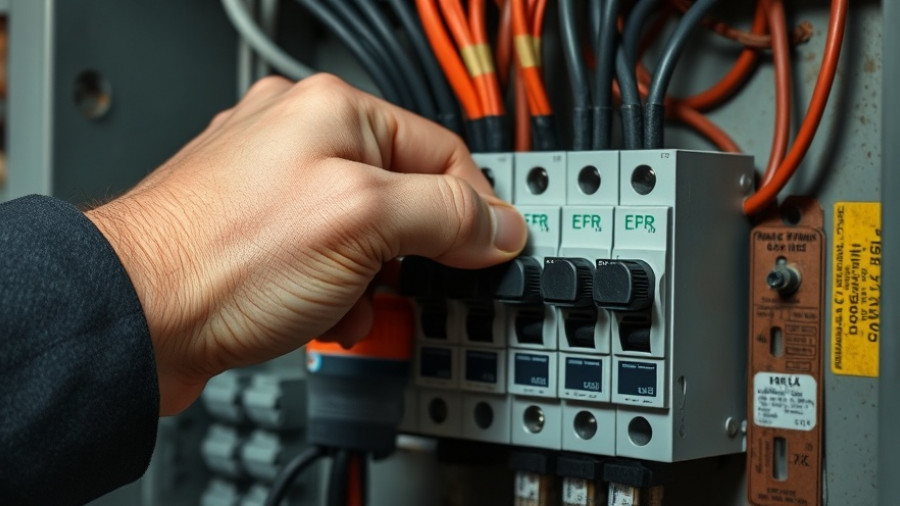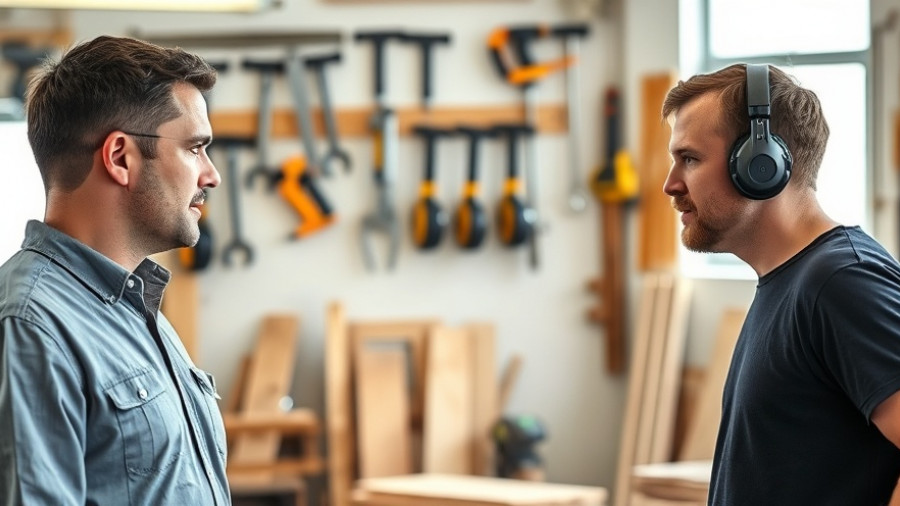
Transform Your Basement: Unlocking Extra Space in Your Home
If your basement is merely collecting dust or hosting forgotten holiday decorations, it might be time for a transformation. Converting this space into a practical bonus room can significantly enhance your living area, and with cooler autumn temperatures setting in, it's the perfect season to embark on this project.
In #2563 – Turn a Basement into a Bonus Room, the show shares insightful ways to maximize home space, prompting us to explore key ideas for your next DIY project.
Why Fall is the Ideal Time for Home Projects
Most homeowners might reserve spring for renovations, but fall offers unique advantages for indoor makeovers. The cool, dry air allows paint to cure evenly, while reduced humidity minimizes issues with drying times. Plus, spending more time indoors as the weather cools naturally prompts us to notice the aesthetic shortcomings of our living spaces.
Assessing Needs: What Will Your Bonus Room Be?
Before making any changes, consider how your family will utilize the new space. Whether it becomes a playroom for children, a quiet home office, or an entertainment hub for movie nights, having a clear plan will guide your design choices and layout. Think about how to optimize the area while considering existing structural features like support beams and ductwork.
Essential Steps for a Successful Basement Conversion
Starting with waterproofing is crucial. A wet basement can lead to mold and damage, which means sealing cracks and ensuring proper drainage should be your first step. Completing this before installing drywall or flooring will save you headaches in the long run.
Next, consider lighting. Basements often lack natural light, so incorporating layered lighting—such as recessed LEDs, sconces, and even faux windows—will help create warmth and depth. Choose lighter wall colors to enhance the illusion of space and reflect whatever light you can allow into the room.
Choosing the Right Flooring
When selecting flooring, durability and moisture resistance are key. Luxury vinyl plank (LVP) is a favorite among homeowners for its versatility and ease of maintenance. Unlike traditional hardwood, LVP can withstand damp conditions typical of basements. If you favor a more natural look, consider engineered hardwood that performs well in moisture-prone areas.
Making the Most of Your Design
Once the basics are in place, it’s time to focus on aesthetics. Adding built-ins can maximize storage while reducing clutter. You might also implement decorative area rugs to soften the overall feel and incorporate pops of color for a cozy atmosphere. Remember, you don’t need to complete the basement all at once; tackle it in phases to spread costs and effort.
The Final Touches: Accessories and Décor
Accessorizing your new bonus room is where personalization shines. Use textiles like throw pillows and blankets in fall hues to embrace the current season, or add artwork that reflects your family’s interests. Don't forget to include a source of entertainment, like a television or gaming console, to enhance the room's functionality.
With careful planning and the right approach, transforming your basement into a vital part of your home’s living space is attainable. Not only does this create more usable square footage, but it also increases your home's value and overall enjoyment. So grab those paintbrushes and tools; an exciting project awaits!
 Add Row
Add Row  Add
Add 




Write A Comment